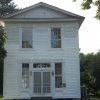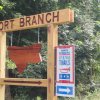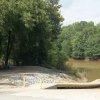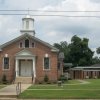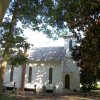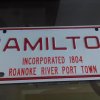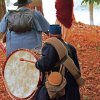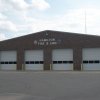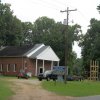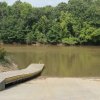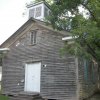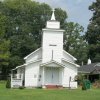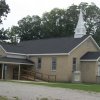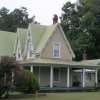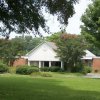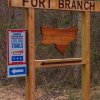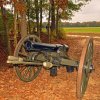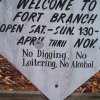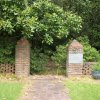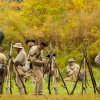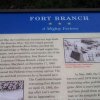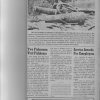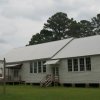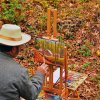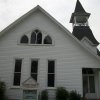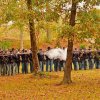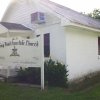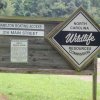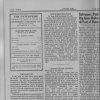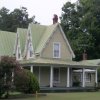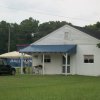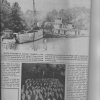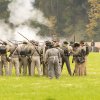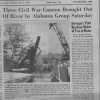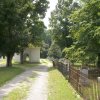History of Hamilton, North Carolina
Hamilton, incorporated in 1804 and located on the Roanoke River, long prospered as a bustling commercial port. Shallow-draft steamboats, the cotton gin and a burgeoning textile trade here and abroad brought river traffic to its peak during the years preceding the Civil War. The small but thriving town might have been even more prosperous before the Civil War if any of several efforts to improve land travel had been successful. Proposals in 1832 to establish a railroad from Hamilton to Tarboro, and in the 1850s to build plank roads to Tarboro and Murfreesboro were each abandoned in the discussion stage. Many of Hamilton's fine old homes were built during this period (1830-1850) and are found today in the town's National Register Historic District. The district includes some of the finest antebellum homes assembled in the county. It also includes the circa-1881 St. Martin's Episcopal Church, a remarkably unaltered and sophisticated example of the Gothic Revival frame church from the early post Civil War period. It is one of the most outstanding examples of frame Victorian Gothic architecture in Eastern North Carolina. Conoho Masonic Lodge, organized in 1850, provided social pursuits. The Lodge building still stands today and is architecturally significant as a temple form building, few of which remain in North Carolina. The nearby location of the fairgrounds of the Martin County Agricultural Society made the town the focus of the county's farmers and citizens during annual autumn fairs held from 1853 to 1860, which added considerably to the town's activities and importance. A self-guided walking tour of homes and other buildings in Historic Hamilton is available from the Hamilton Town Hall.Hamilton did not escape the ravages of the Civil War and there were frequent skirmishes along the Roanoke River and nearby at the Confederate Fort Branch. It is believed that many antebellum buildings in Hamilton were burned during Union occupation of the town. The most serious Union visit occurred in December 1864 when an unsuccessful assault was made on Fort Branch.After the Civil War, tobacco and peanuts replaced cotton as the area's major commodity and another era of prosperity brought new steamers and barges to keep passengers, produce and merchandise moving up and down the East Coast. In Hamilton, residents were building the lovely Queen Anne homes and Gothic coastal cottages and churches that you see on a walk about town.Today, the river is a prime recreational resource, with a NC Wildlife Boat Ramp and parking area located at the foot of Main Street just down from Town Hall off NC 125. This wharf area was a hubbub of activity during the 19th Century, Hamilton's heyday as a commercial port.
Info from Historic Hamilton: National Register of Historic Places Historic District brochure, by the Historic Hamilton Commission Inc. And, Martin Architectural Heritage: The Historic Architecture of a Rural North Carolina County, edited by Thomas R. Butchko.
Click on an image below to view a larger version:

